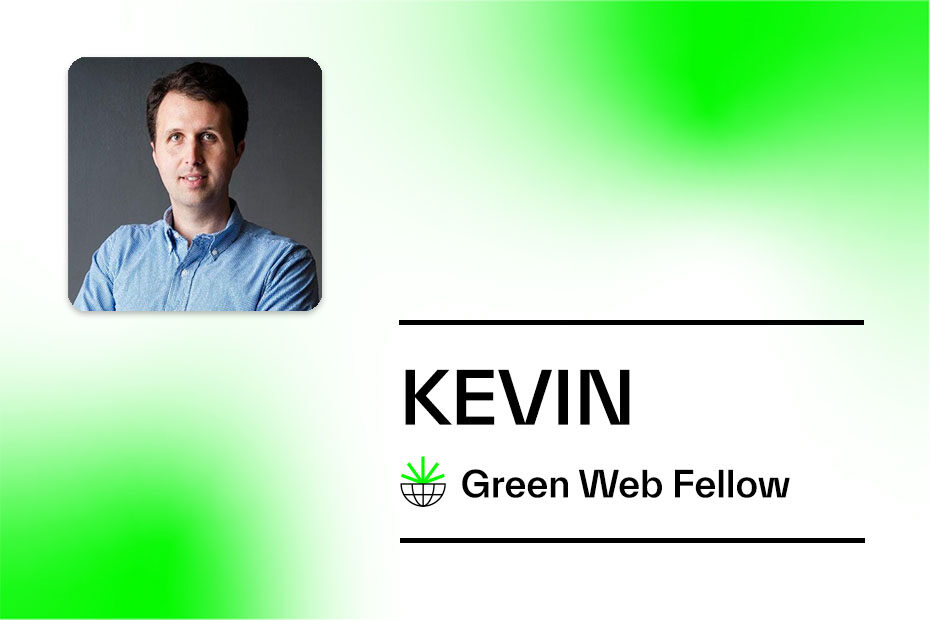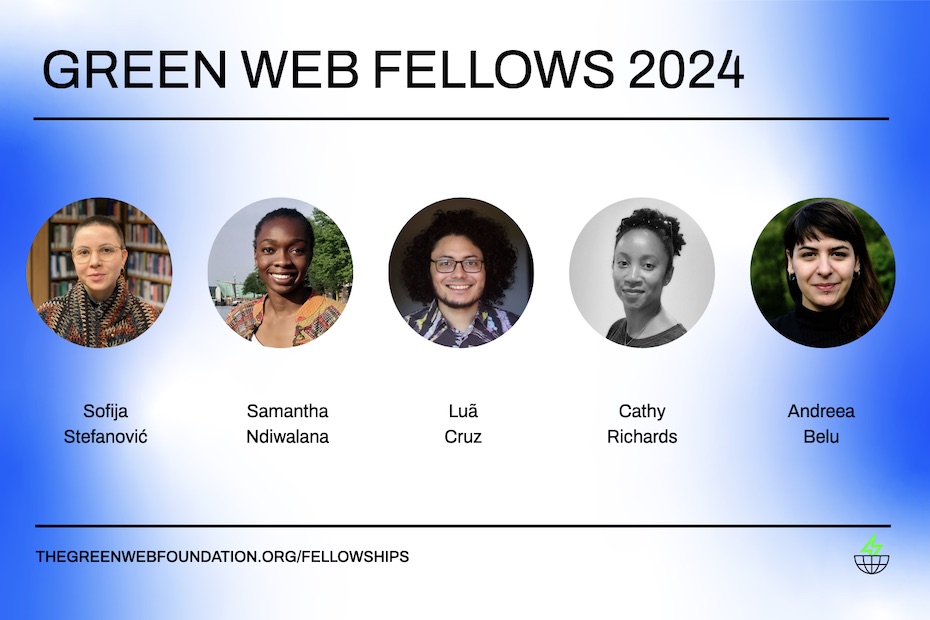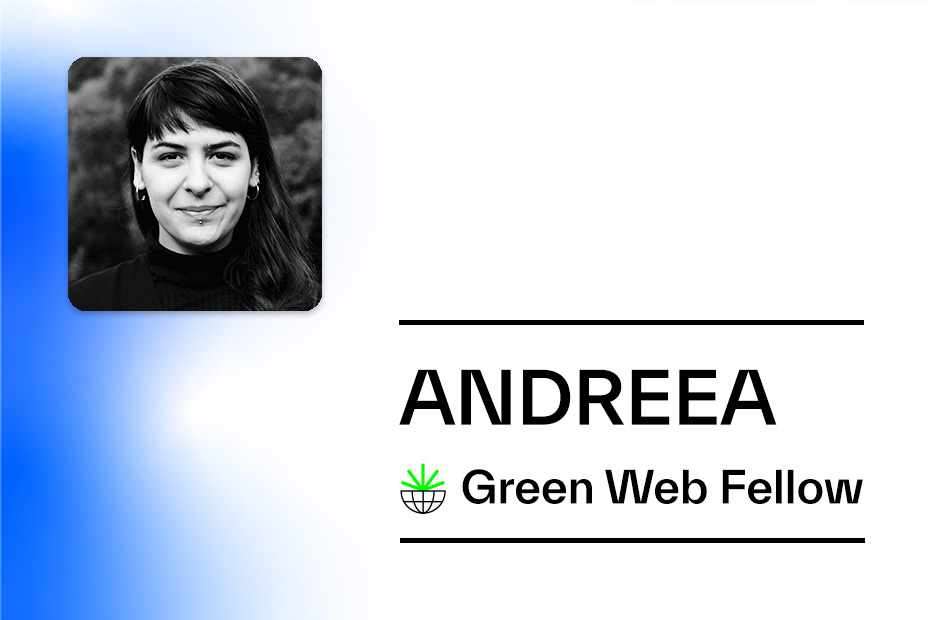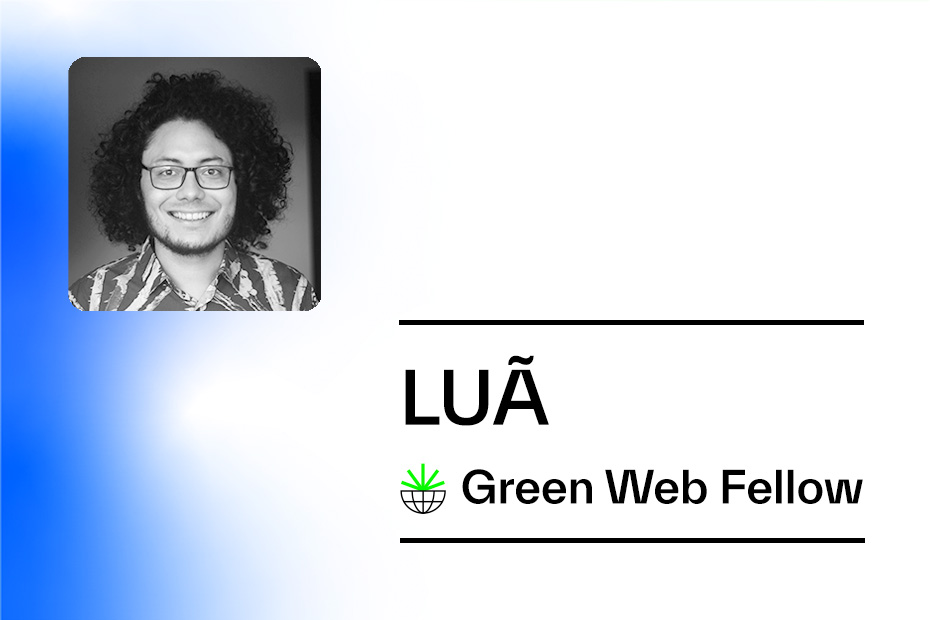Reflecting on 2023, in my corner of the world it felt like the year the Internet finally came unraveled. The decades-long simmer of concentrating corporate power, growing industry-dependence on extractive and socially harmful technologies and business practices finally boiled over.
Perhaps it was the active destruction of Twitter by the world’s richest man. Or the wave after wave of layoffs as companies pared costs and prioritized investor returns. Perhaps it was the collapse of venture capital-fueled cryptocurrency dynasties, once touted by tech luminaries as the future, and now confirmed as a banal fraud of historic proportions. Or the barrage of antitrust litigation, and rare bipartisan contempt for tech companies flowing out of DC.
In short, it was a good year to take a step back and reflect.
I’m grateful to have spent much of 2023 with others at the Green Web Foundation, attempting to place this wild industry and this wild moment in a broader context–a context that accounts for its social and environmental consequences, and attempts to chart alternative paths.
Despite the ugliness of this moment there’s a lot of room for optimism. If anything the expanding fractures have created much needed space, and an openness for new ways of thinking and working on the challenges presented by digital systems.
Building a post-cloud internet
I started the fellowship thinking about the monumental challenge of reforming how we build and operate digital infrastructure. After a decade of spending exorbitant amounts of money renting “the cloud”, I’d come to view this not as a technology but as a monopolistic financial structure that underpinned every aspect of a supposedly decentralized, and “public” Internet.
Despite the now apparent shortcomings I was sympathetic to some of the attempts to apply cryptocurrencies and various flavors of “decentralization” to these infrastructural problems. Some of the more noble efforts, like the InterPlanetary File System, are simply an attempt to build an alternative, any alternative, to the status quo of monopoly control.
Many of these projects mistook governance and economic failures for a technology problem. And there are well understood risks of turning unchaperoned engineers loose on social problems. And more so as the engineering tools become more specialized: if your only tool is an algebraic curve, all the world becomes a cryptographic nail.
Yet there’s space for optimism. We already have the tools to tackle these challenges without inventing any technologies, let alone ones that rival mid-sized nations in their energy demands. And there’s a growing community of practitioners now grappling with these challenges, looking for alternatives.
Starting small

Photo by David Howard (CCBY 2.0)
Over the course of the fellowship I found a place to contribute: on the periphery of the cloud, where low-power, often battery operated devices with tiny processors transmit tiny amounts of data over open spectrum protocols like LoRa and Thread, along with more traditional mobile networks.
This liminal space, often vaguely described as the “Internet of Things” (IoT) doesn’t hold much resemblance to the Internet, at least as originally conceived. And the “things” commonly encountered are toasters, washing machines, and toothbrushes, with a sometimes inexplicable desire to “connect.” But it feels like the right place to explore new possibilities for digital infrastructure.
The nascent state of IoT technology provides room for exploration and experimentation, and at the same time it’s already a hotly contested space. Mobile network operators, often government sanctioned monopolies granted via radio spectrum licenses, are in increasing competition with an explosion of “open spectrum” technologies and new operating models for wireless networks.
IoT’s failures are also an opportunity. Beyond the absurdity of overly chatty microwaves, plugging the physical world directly into extractive, often tenuous, business models has raised public awareness of the shortcomings of how we currently build digital infrastructure. Whether it’s a bike that stops working when its manufacturer goes bankrupt, a private equity-owned garage door that suddenly requires homeowners watch a few ads before it can be opened, or simply a home appliance with unclear allegiances, these technologies have led to real harms, from exfiltration of personal data to unnecessarily reducing the lifespan or increasing fragility of devices we depend on daily.
But we already have the tools to build better physical devices that realize the useful potential of “connection” without becoming encumbered in the harmful practices that term so often implies.
From platforms to protocols
The Internet by design is a decentralized system, built on shared protocols both technological and governmental. What’s been lost in the decades of consolidation is understanding how these underlying systems actually work. In many cases that understanding has been replaced by rent-seeking abstractions that buffer the end user from technical underpinnings in return for a monthly fee. And more importantly a system that forgoes shared protocols, replacing them with terms of service and an arbitration clause. As Maria Farrell writes, we mask the enclosing power of these platforms with flowery language of collaboration, “They say ecosystem. They mean snow-globe. It’s not at all clear if they understand these are different kinds of thing.”
As part of my fellowship I developed an alternative approach to IoT deployment that builds on many of these fundamental yet often overlooked methods for managing Internet infrastructure via protocols and existing governance structures like BGP, IPv6, and the Regional Internet Registries that quietly coordinate the deployment and use of internet address. The project, called Hydrogen Plumbing, is still in its early stages of development, but will release an open source software framework for deploying connected devices, including example code that repurposes hardware from the VC-backed Helium Network, now widely available on eBay for a fraction of the original price. We’re also creating open hardware designs that let device makers utilize a range of wireless technologies and operating structures.
While the scope of this project is much smaller than tackling cloud computing, the tools we use manage about wireless infrastructure are applicable to other forms of computing. As part of my work I hope to document some of the ways this work can be applied elsewhere.



